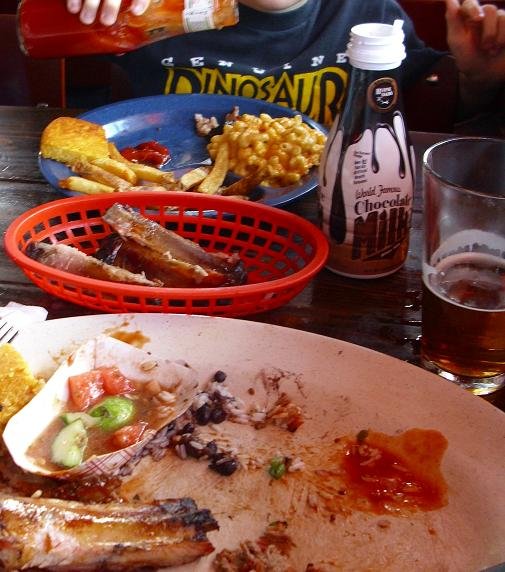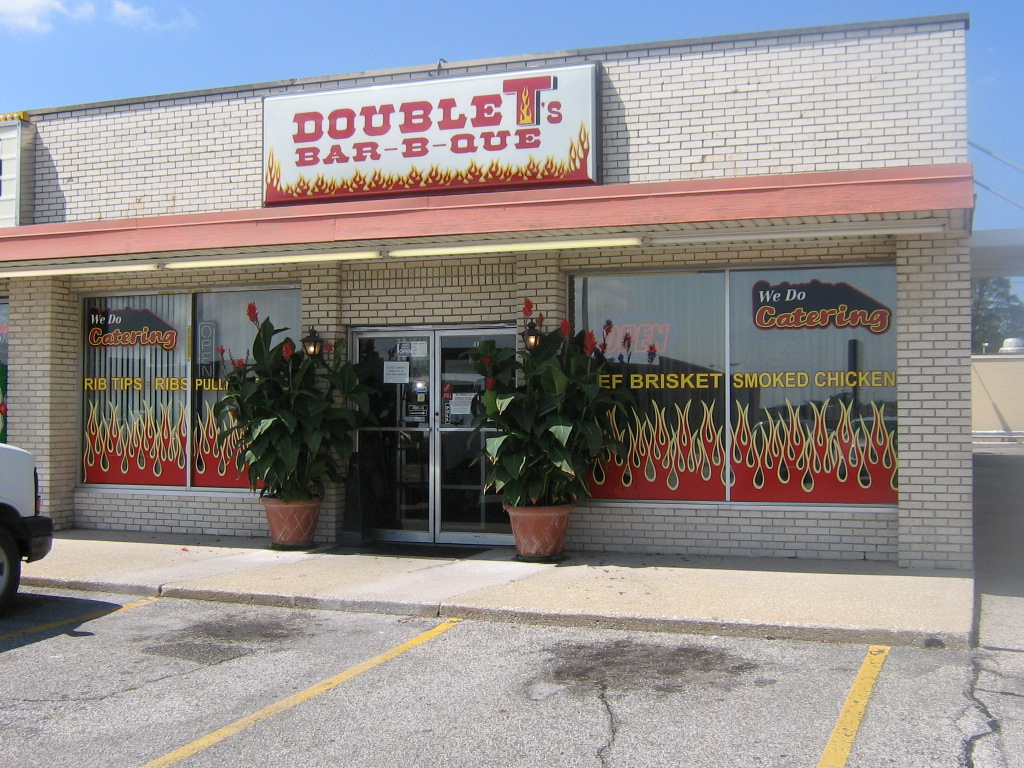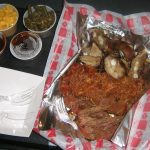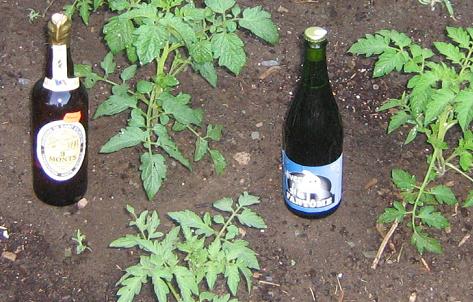 This has bugged me for a while. And that it bugs me bugs others, too. Here is what I know. Someone somewhere in the last few years decided we needed to “pair” beer with food. Prior to that, people just drank beer with their food and were generally happy with the many ways that great beer goes with good food. But one of the greatest turns of a consultants’ art is taking the obvious and often done, repackaging it and selling it back to you. That is what I suspect is going on with this “pairing” idea. Not that I have any issue with people being sold what they already own. It’s just not something I like to have done to myself. So, I worried when I read the very worthwhile Mark Dredge at the very interesting Pencil and Spoonwrite this over the weekend:
This has bugged me for a while. And that it bugs me bugs others, too. Here is what I know. Someone somewhere in the last few years decided we needed to “pair” beer with food. Prior to that, people just drank beer with their food and were generally happy with the many ways that great beer goes with good food. But one of the greatest turns of a consultants’ art is taking the obvious and often done, repackaging it and selling it back to you. That is what I suspect is going on with this “pairing” idea. Not that I have any issue with people being sold what they already own. It’s just not something I like to have done to myself. So, I worried when I read the very worthwhile Mark Dredge at the very interesting Pencil and Spoonwrite this over the weekend:
Today’s post is about pairing beer and food and is a simple overview of the tricks which beer can play that makes it a great companion to your lunch.
To which I asked “as opposed to the centuries of simply eating and drinking that have happily served mankind?” and to which Mark responded “Yes. Exactly opposed to that.” I have no idea what that means. What is the opposite of eating good food with good beer that still includes eating good food with good beer? When hasn’t beer been “a great companion to your lunch”?
Me, I’ve been happily eating food for almost my whole life. You should see my baby pictures. And since I was in the later end of high school, I have been drinking beer and pretty much as early as I could get away with it, I have been enjoying the consumption of good food with well made beer. I was lucky growing up in a seafood producing area of Atlantic Canada as my 1980s college days, among other things, were filled with regional beers with mussels in taverns as well as lobsters boils and early efforts craft beer. On UK trips and into the 90s, I liked plowman’s lunches with English style pale ales of brewers I could find to like those at Kingston Brew Pub or The Granite Brewery or Rogues Roost. As I moved on, moved out and got mortgaged, I baked breads with beer in it as well as New England baked beans and Texas chili. As access to good beer increased along with my interest in beer, I was quite happy to pull out old cheddars, blue cheese and even things that came out of a goat and try them with any number of brews. They all went pretty well… as did most roasts, most seafoody things and a lot of other things. In fact, I have now established that gueuze goes with everything and if it doesn’t, well, that thing is out of my life as long as the gueuze is in view. Get me in a room with a bunch of pals, a bunch of great beers and a pot luck of any types of food and I am happy to explore.
But I would never, you know, pair. I’d never get into that monogamous mindset where “this matches that” because we all should be aware that “these really go with those” and, if we are honest “all this pretty much is great with all that.” Did anyone really not know this? I have had the occasion to point out to food professionals that real hefeweizen goes really well with eggs and bacon and that flavours stouts created, among other things, to go with chocolate do actually go with chocolate – but it’s hardly the deepest thing I’ve picked up about beer. So, if it is not difficult information and it is something I’ve known for yoinks and most I know who like good beer have known for yoinks – what is all the interest in “pairing” based on?




















 The trouble with charcoal grilling is that when the rain comes you can’t turn it off. Propane, on the other hand, has a nice dial that has a “0” setting. But there is the garden shed and, when it rains and you have visitors, it can turn out to be a delightful place to while away a late afternoon hour reading last week’s newspapers in the recycling bin, listening to AM radio and comparing a few examples of bieres de garde and saisons.
The trouble with charcoal grilling is that when the rain comes you can’t turn it off. Propane, on the other hand, has a nice dial that has a “0” setting. But there is the garden shed and, when it rains and you have visitors, it can turn out to be a delightful place to while away a late afternoon hour reading last week’s newspapers in the recycling bin, listening to AM radio and comparing a few examples of bieres de garde and saisons.
